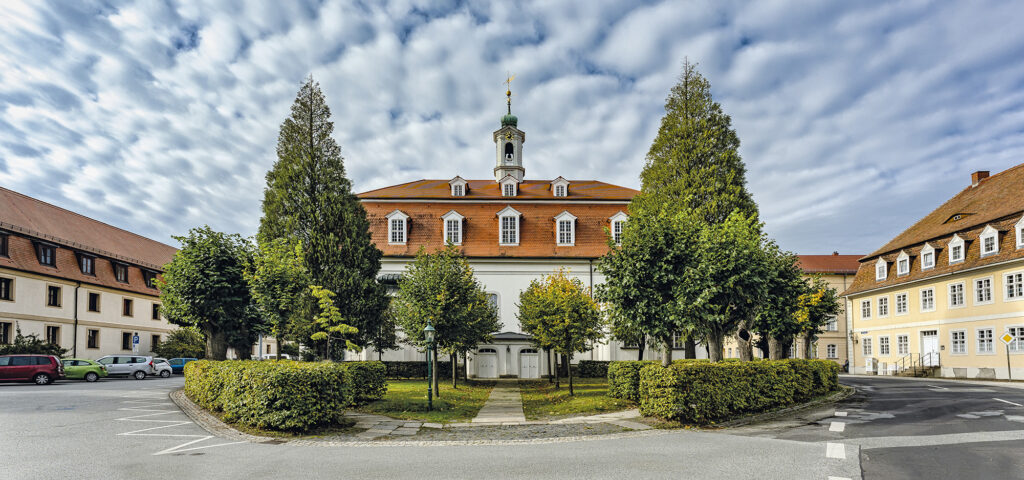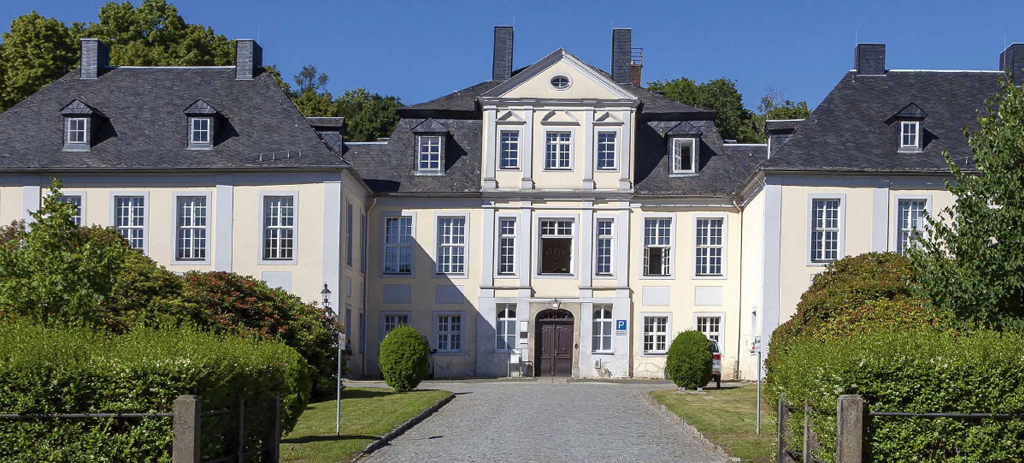
Herrnhut
The town of Herrnhut is located in Upper Lusatia, in the Free State of Saxony, Germany. It was established in 1722 as a sanctuary for Moravian and Bohemian exiles and became the ‘founding town’ of the Renewed Moravian Church.

This ‘mother settlement’ evolved in tandem with the development of Moravian Church theology and societal ideals, which laid the groundwork for all Moravian Church settlements.
Herrnhut has an historic town center that was the model for Moravian town planning and early architectural advancements. Notably, God’s Acre, a prototype cemetery, illustrates early Moravian burial practices.
Additionally, Berthelsdorf Manor is a significant landmark, serving as the country seat of Count Zinzendorf, the first leader of the Renewed Moravian Church. Zinzendorf and his closest followers orchestrated and managed the establishment and expansion of the Moravian Church from this location.
As the Moravian Church expanded globally, the Herrnhut settlement model was replicated in 27 additional settlements founded between 1738 and 1807 in Europe and North America. The church leadership’s centralized and sophisticated administration supported systematically planned developments, which was unique in a global context at that time.
Herrnhut remained instrumental in the organization, coordination, and centralized leadership of the worldwide Moravian Church well into the second half of the 19th century. Today, Herrnhut still has an active congregation and preserves original intangibles such as liturgical forms, music, education, and the preservation of church records in the Unity Archive.